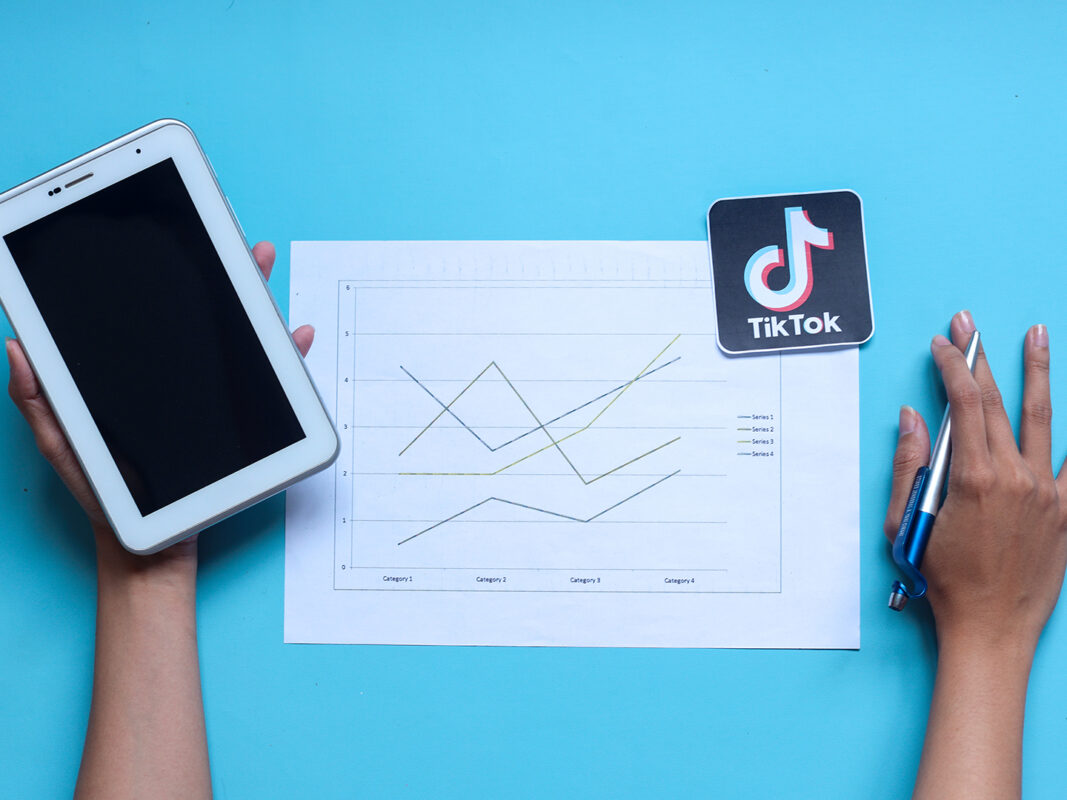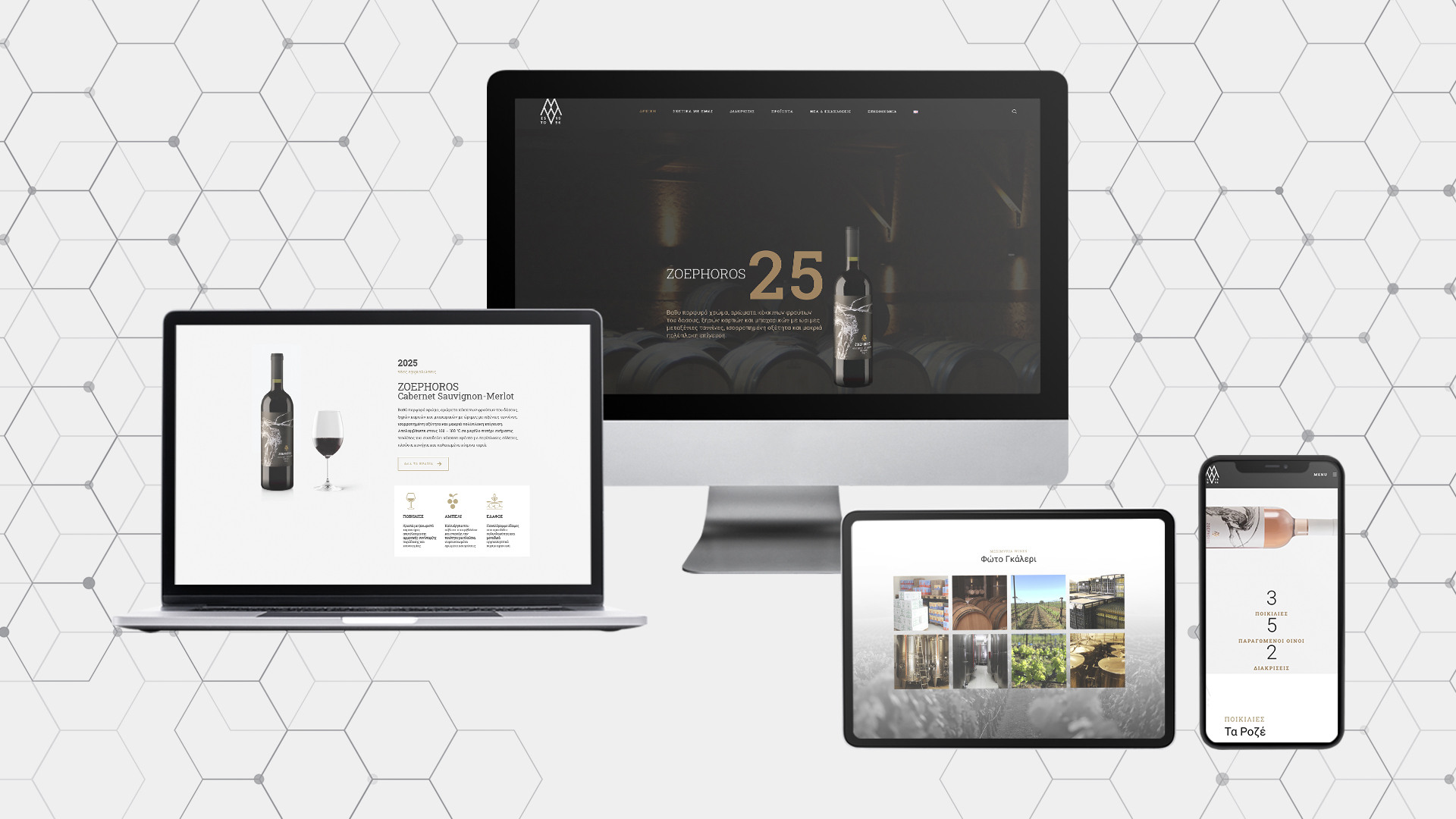If you’ve read enough about marketing, you’ve surely come across one of the most well-known phrases out there: “Content is King.” Content is the foundation of your business’s communication.
Through content, you can craft your brand’s story, showcase your values to your target audience, and explain why they should choose you over a competitor.
But when we talk about content, it sounds (and is) quite broad. What exactly do we mean when we refer to content creation? Today, we’ll break down this topic.
To start, content falls into two main categories: branded content and performance content.
What is Branded Content
Branded content is content created to build a relationship and emotional connection between your audience and your brand. Think of branded content like a first date. On a first date, your goal is to learn as much as you can about the other person and see if there’s enough compatibility to move forward. That’s exactly what branded content does for your business.
When creating this type of content, the primary goal is for the audience to learn more about the business as an entity—its values, the people behind it, and its role in society. Branded content connects the audience to your identity and everything you want to highlight, giving your business a human touch.
The main reason branded content is essential is the human need to feel that every purchase holds value—that they’re not being taken advantage of. The only way to achieve this is through content that builds trust between the audience and the business.
Remember: Branded content is not meant to directly sell your product/service. Its mission is to help the audience get to know you better. Think of branded content like a first date—its goal is for the customer to learn as much about you as possible.
What is Performance Content
The second main content category is performance content. This type of content is focused on direct, measurable results. Its goal is to drive immediate sales, generate leads, and produce quantifiable conversions.
In this case, the content structure is much more concise, filled with keywords, and designed to drive immediate action.
An example of such content would be ad copy, whether it’s for a Meta ad or a Google ad.
Why Do You Need Both?
Each type of content is essential for your business’s success.
Branded content represents the early stage of the relationship with your customer. At this stage, brand awareness increases, and trust between you and the audience begins to form.
Performance content follows once the audience already knows you and feels ready to take the next step—whether that’s making a purchase or filling out a lead form.
Branded and performance content are not in competition with one another; they complement each other. The former builds the “why” someone should choose you, while the latter ensures they take action.
At Pylarinos Advertising, we help brands strategically combine storytelling and performance marketing, creating campaigns that drive both awareness and sales.
If you want to create content that sets you apart from the competition, get in touch with us here.














